When it comes to cardio workouts, the treadmill and the exercise bike are two of the most popular choices. Both offer excellent benefits for improving cardiovascular health, burning calories, and boosting overall fitness. But which one is right for you? Let’s break down the pros and cons of each to help you make an informed decision.
Benefits of Using a Treadmill
Treadmills are versatile and mimic natural movement patterns, making them a go-to choice for walking, jogging, or running indoors. Here are some key benefits:
- Burns More Calories Running or walking on a treadmill typically burns more calories per minute compared to cycling. This makes it a great option for weight loss.
- Natural Movement Walking or running is a natural motion for most people, making the treadmill intuitive and easy to use.
- Full-Body Engagement While the focus is on the lower body, treadmills also engage your core and upper body, especially when running.
- Adjustable Settings Treadmills often include features like incline and speed adjustments, allowing you to vary the intensity of your workout.
- Bone Health Weight-bearing exercises like running on a treadmill can help improve bone density.
Drawbacks of a Treadmill
- Joint Impact: The high-impact nature of running can strain joints, particularly for those with knee or ankle issues.
- Safety Risks: Improper use or high speeds can lead to falls or injuries.

Benefits of Using an Exercise Bike
Exercise bikes provide a low-impact cardio workout, making them ideal for people of all fitness levels. Here’s why you might choose a bike:
- Joint-Friendly Cycling is a low-impact activity, which means less stress on your knees, hips, and ankles.
- Targeted Muscle Toning Bikes primarily engage the lower body muscles, including the quads, hamstrings, and calves, helping to tone and strengthen them.
- Variety of Workouts Most bikes offer multiple resistance levels, enabling users to customize their workouts from light pedaling to intense intervals.
- Safe and Accessible With a stable seat and handlebars, exercise bikes are less likely to cause injuries compared to treadmills.
- Compact Design Many stationary bikes are space-efficient and easy to fit into smaller workout spaces.
Drawbacks of an Exercise Bike
- Lower Calorie Burn: Compared to a treadmill, cycling generally burns fewer calories per minute.
- Limited Upper Body Engagement: Most stationary bikes focus on the lower body, with minimal impact on the upper body.

Treadmill vs. Exercise Bike: Which Is Better for You?
The answer depends on your fitness goals, physical condition, and personal preferences. Here’s a quick comparison:
| Factor | Treadmill | Exercise Bike |
|---|---|---|
| Calorie Burn | Higher | Moderate |
| Impact on Joints | High | Low |
| Muscle Engagement | Full body | Lower body |
| Customization | Incline, speed | Resistance levels |
| Space Requirements | Larger footprint | Compact design |
Who Should Choose a Treadmill?
- Individuals looking to burn more calories quickly.
- Runners and walkers aiming to train indoors.
- Those seeking a full-body workout.
Who Should Choose an Exercise Bike?
- People with joint pain or mobility issues.
- Beginners looking for a safe and low-impact workout.
- Cyclists aiming to improve endurance and leg strength.
Can’t Decide? Use Both!
If you have access to both machines, why not incorporate both into your fitness routine? Alternating between the treadmill and exercise bike can:
- Prevent workout monotony.
- Target different muscle groups.
- Reduce the risk of overuse injuries.
Final Thoughts
Both treadmills and exercise bikes offer fantastic ways to stay active and improve your health. Consider your goals, fitness level, and any physical limitations before making a choice. Whether you prefer the high-energy run of a treadmill or the joint-friendly ride of a bike, the most important thing is to stay consistent with your workouts.





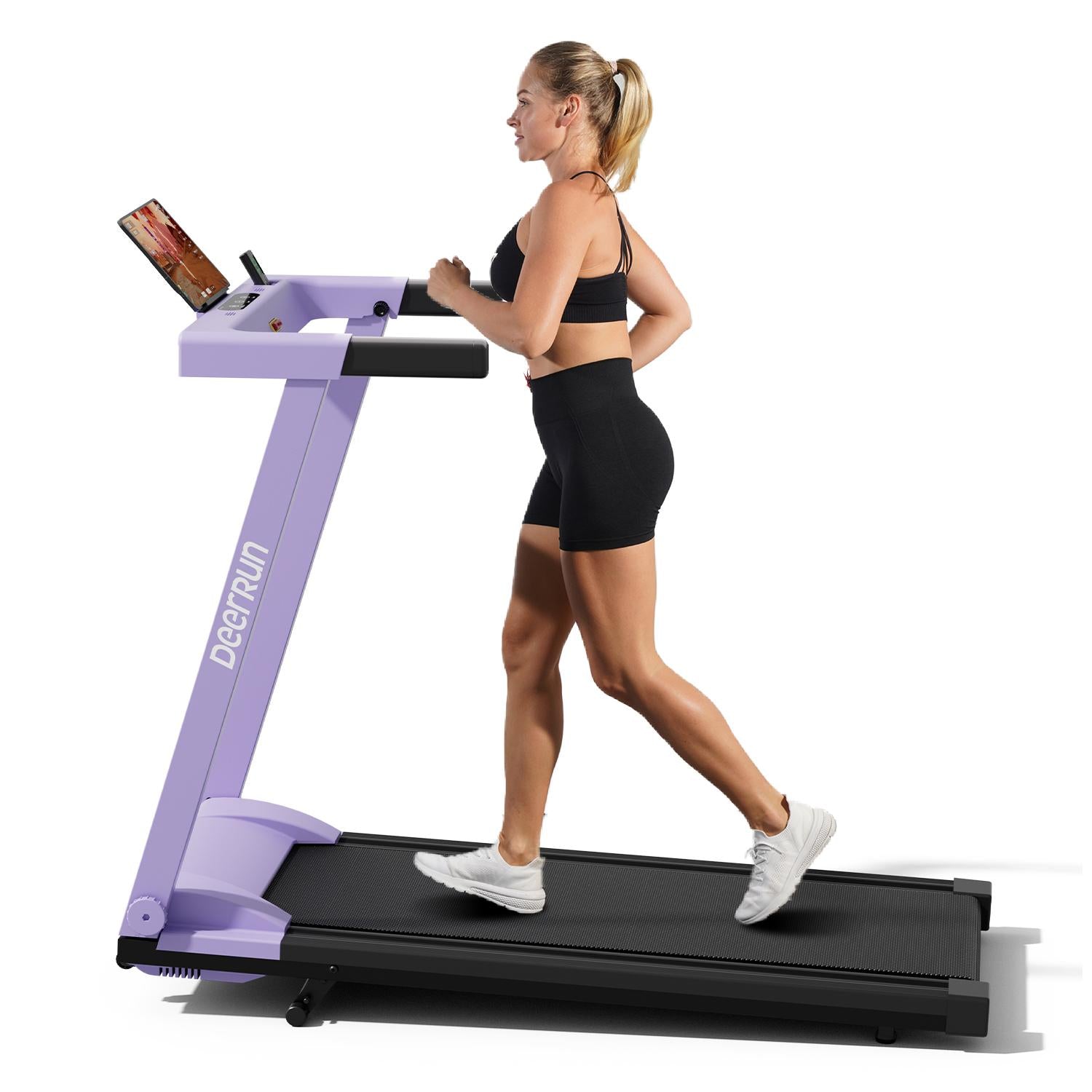



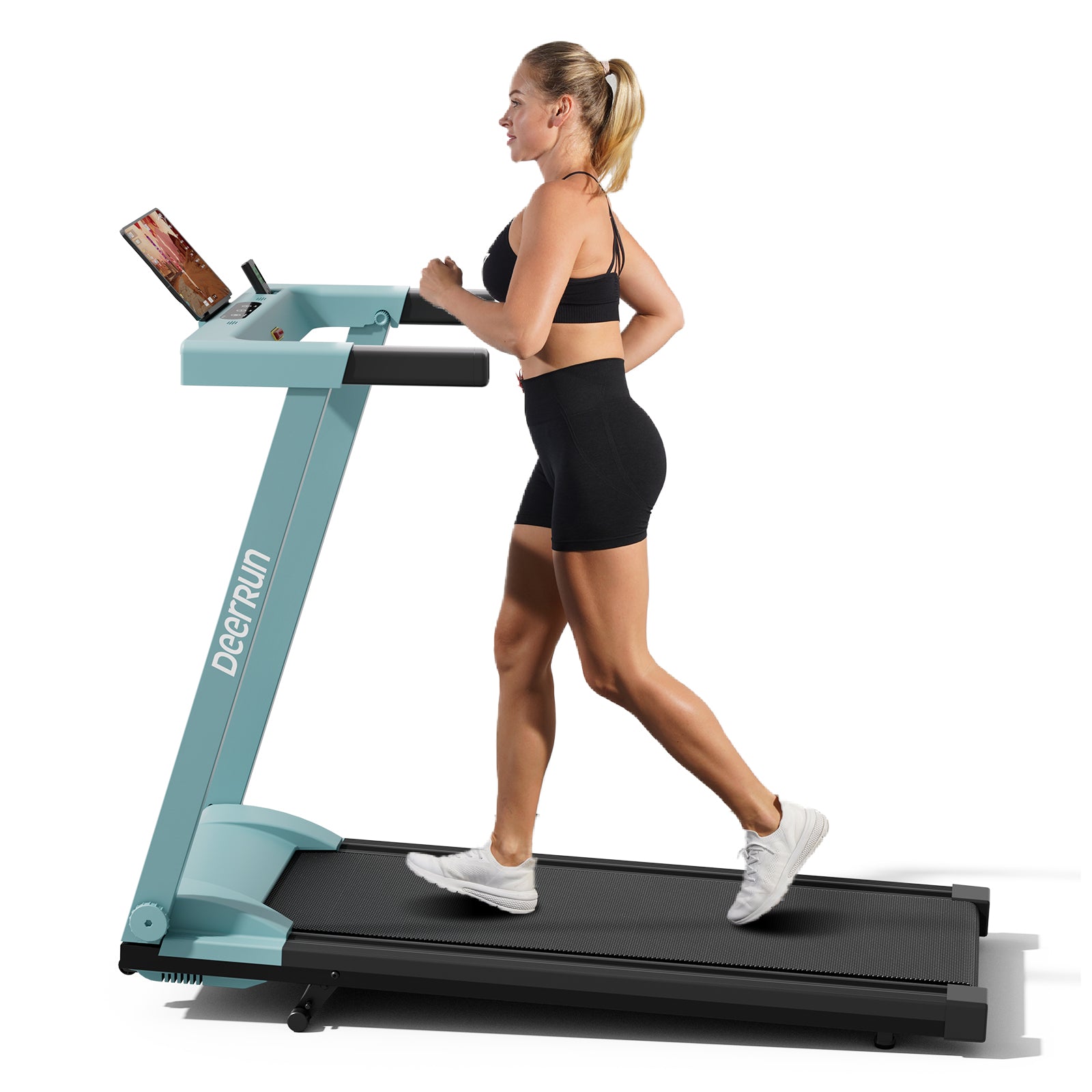














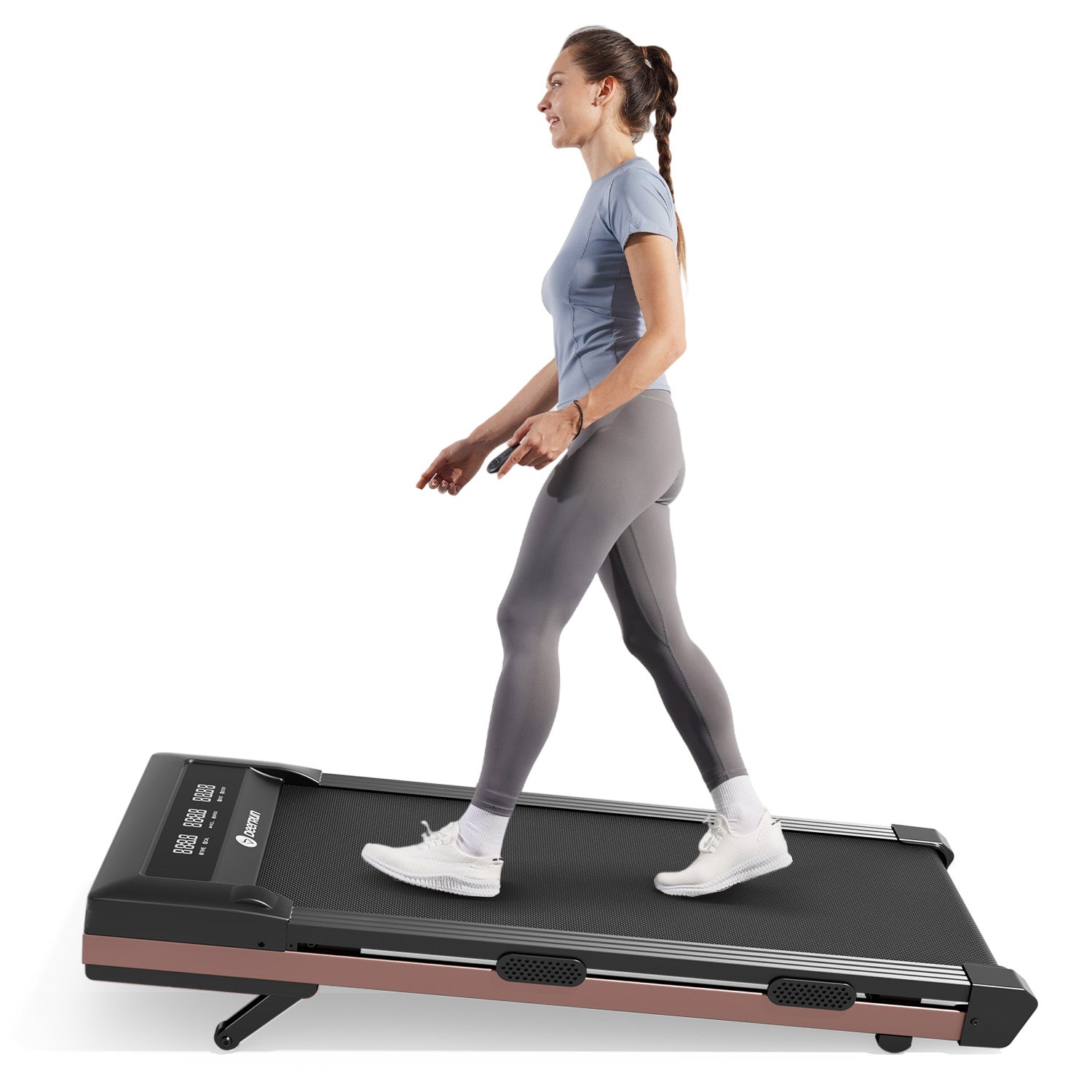
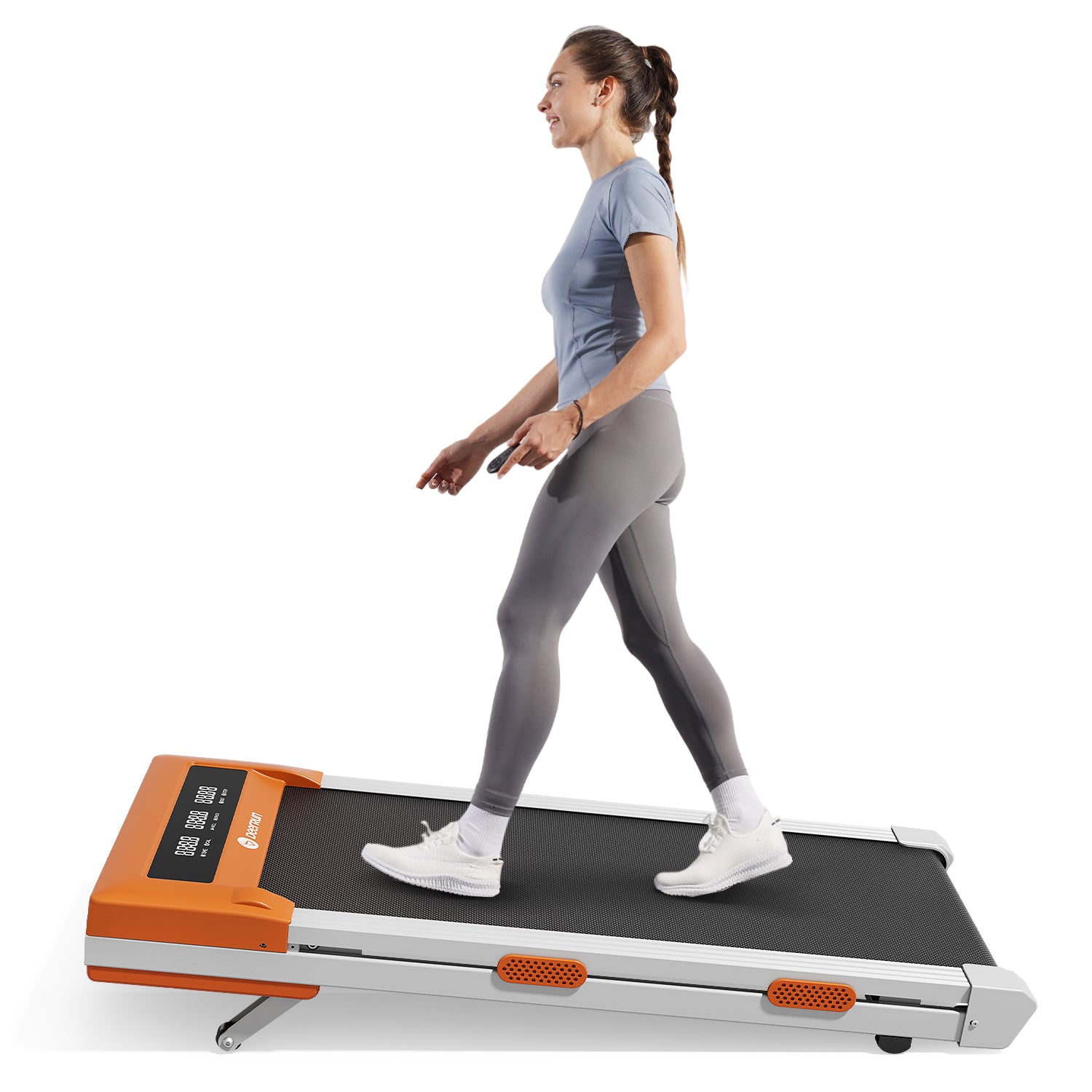

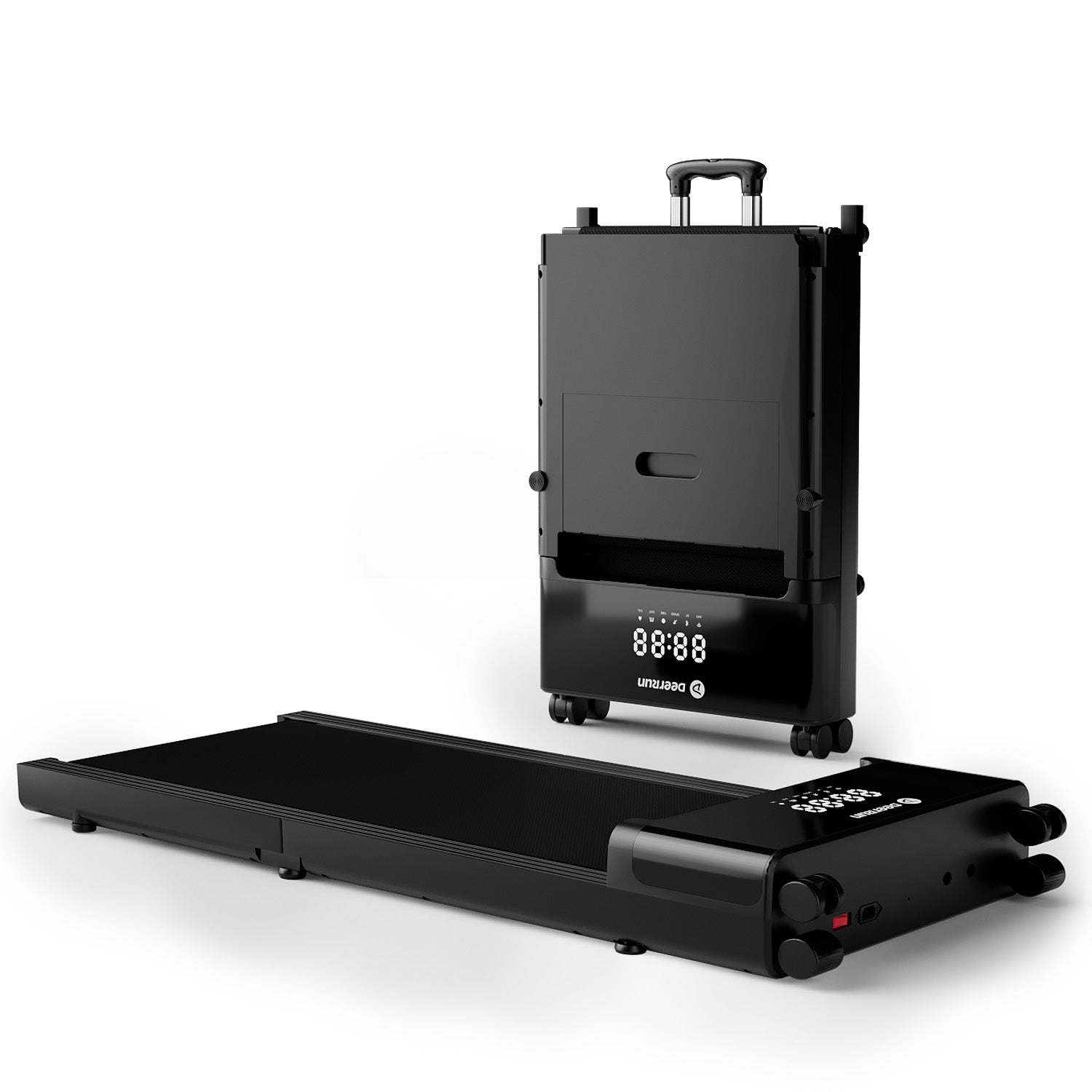



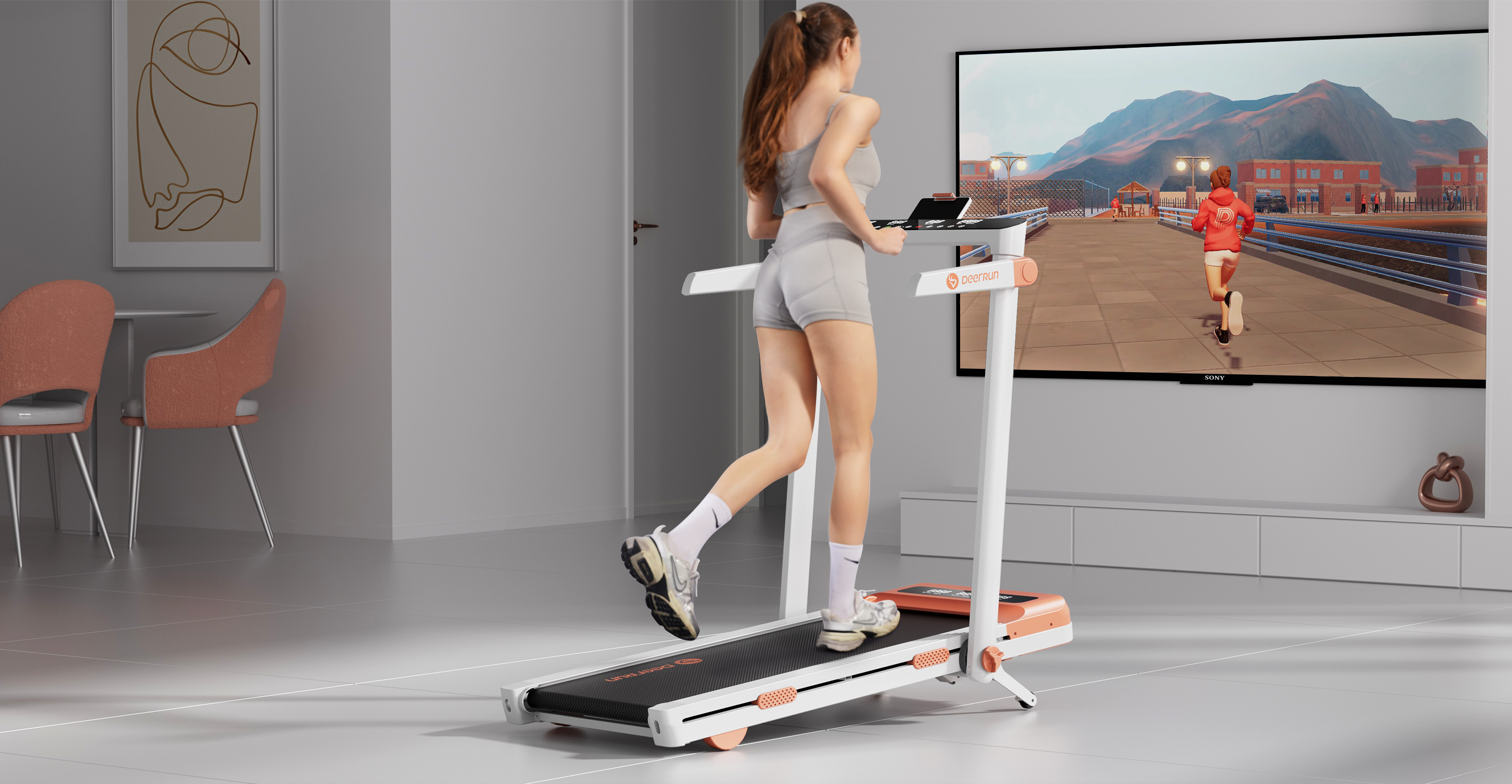
Leave a comment
All comments are moderated before being published.
This site is protected by hCaptcha and the hCaptcha Privacy Policy and Terms of Service apply.